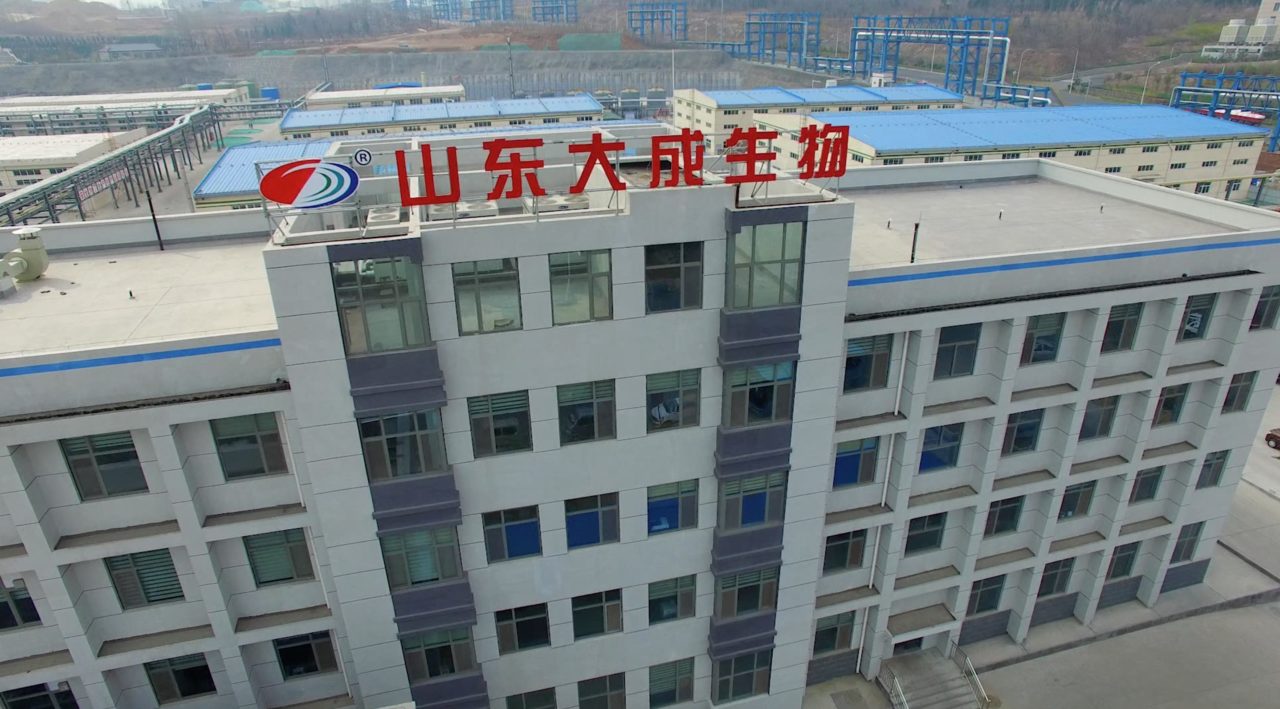Costa Rica: Exports Grind Amid Demand Fluctuations, But Long-Term Fundamentals Remain Strong

Despite obvious uncertainties that are pervasive throughout the world, business fundamentals in Costa Rica are favorable.
Editor’s note: We’re investing in our editorial coverage and the quality and diversity of the Trade Summit by engaging key LATAM markets. See details on our Discovery Program at www.tradesummit.com to see how we’re enhancing our audience in Costa Rica, Paraguay, Peru, Bolivia, Uruguay, Honduras, and Guatemala, where agriculture is growing at a rapid pace.
Bananas and pineapples are king of Costa Rica’s specialty agriculture economy, but it’s hit a snag. Stockpile buying for European and American consumers didn’t include major exports for the region, leaving businesses with a glut of pineapples, bananas, melons, and cut flowers.
The Costa Rica News reported April 6 that export orders for some producers dropped as much as 50%, and further declines jeopardize the long-term viability of the country’s producers in the San Carlos, Upala, Guatuso, and Los Chiles regions.
Costa Rica’s National Chamber of Pineapple Producers has reported that some 175 pineapple producers are being affected. Exports to the U.S. have decreased 30% in March, while Europe is rejecting 40% of pineapple shipments. Those volumes translate into $6.5 million in losses per week.
This situation is indicative of many export crops around the world as restaurants close and consumers shift demand to more shelf-stable foods. Like many exporting countries, trade commissions are looking to other markets, particularly in Asia, to absorb some of the oversupply. Producers are also offloading inventory at discounted rates locally, shoring up food security concerns at home while the movement of people and goods around the world remains limited. The governments of Costa Rica and other Central American countries have drafted measures to help “avoid an economic slowdown in the agriculture sector” and prevent food shortages in local populations.
Worker illness could pose an additional hurdle for exporting countries. The Philippines, the world’s second-largest exporter of bananas behind Ecuador, warned in mid-April that its exports could shrink up to 40% because key growing regions have been on lockdown, limiting the movement of workers and shipments. Central American production could help meet Asia’s demand, about 90% of which was filled by Philippines.
These demand and production shifts will require crop input suppliers to be just as nimble in the coming months as seasonal buying patterns and consumption trends wobble unpredictably and the interdependence of the global economy continues to show its ripple effects.
But not all export declines are a result of coronavirus. Exports to Europe have been declining steadily as a result of stricter maximum residue limits and the banning of key AIs for certain crops.
“The MRL situation hurt us with exports before all this,” says Javier Fernandez, Legal Advisor and Director of Regulatory Affairs for CropLife Latin America. “Black Sigatoka requires 54 sprays for control in Costa Rica, and we lost important AIs in December.”
The EU imposed lower MRLs on chlorothalonil, mancozeb, and chlorpyriphos in December, limiting three crucial tools for banana producers. Strict regulatory procedures further complicate farmers’ access to viable products. New product approvals are almost non-existent, with just four new products being approved in more than 10 years.
The trade dynamic with the EU has compelled many distributors in the region to integrate biological products into their traditional portfolios, a reality that EU trading partners are employing in other exporting economies, notably South Africa.
“We like to call botanical-based solutions a bridge from traditional chemistries to softer products as part of an integrated strategy,” says Gustavo Corrales Martinez, Central America Regional Manager with Stockton (STK). “But most of the industry is still traditional as the industry is still learning. When someone buys tebuconazole, no one asks how it works. That’s still not the case with biological products.”
Distribution in Costa Rica varies by size of grower and crop. Distributors sell directly to plantations and large growers of export crops. Smaller specialty growers of fruits and vegetables purchase inputs through retailers. About half of Costa Rica’s $157 million crop protection market (story page 16) moves directly from distributors to large growing operations, and the other half moves through the retail channel.
The move to more biological integration is a common theme for distributors, many of whom talk about “providing solutions” to growers in a more collaborative sales environment than traditional transactions of commodity chemistries. This collaboration is preferable to the new, younger growers who are taking over farms.
“This is the first generation of farmers who have chosen this life, and they are becoming more educated and sophisticated,” says Jorge Solis, Central America Commercial Director for AMVAC, which sells about 80% of its products in Costa Rica directly to growers. “They are more focused on digital platforms and technology, their average age in the 40s, and they have access to information, which is good because the more informed our clients are, then the better for us because we sell technical solutions.”
The heightened business prowess of farmers is driving consolidation at the farm level, and supplier and distributor consolidation is happening, too, largely driven by acquisitions from multinational companies looking to get a foothold in LATAM. Despite obvious uncertainties that are pervasive throughout the world, business fundamentals in Costa Rica are favorable, even if product registrations are not.






